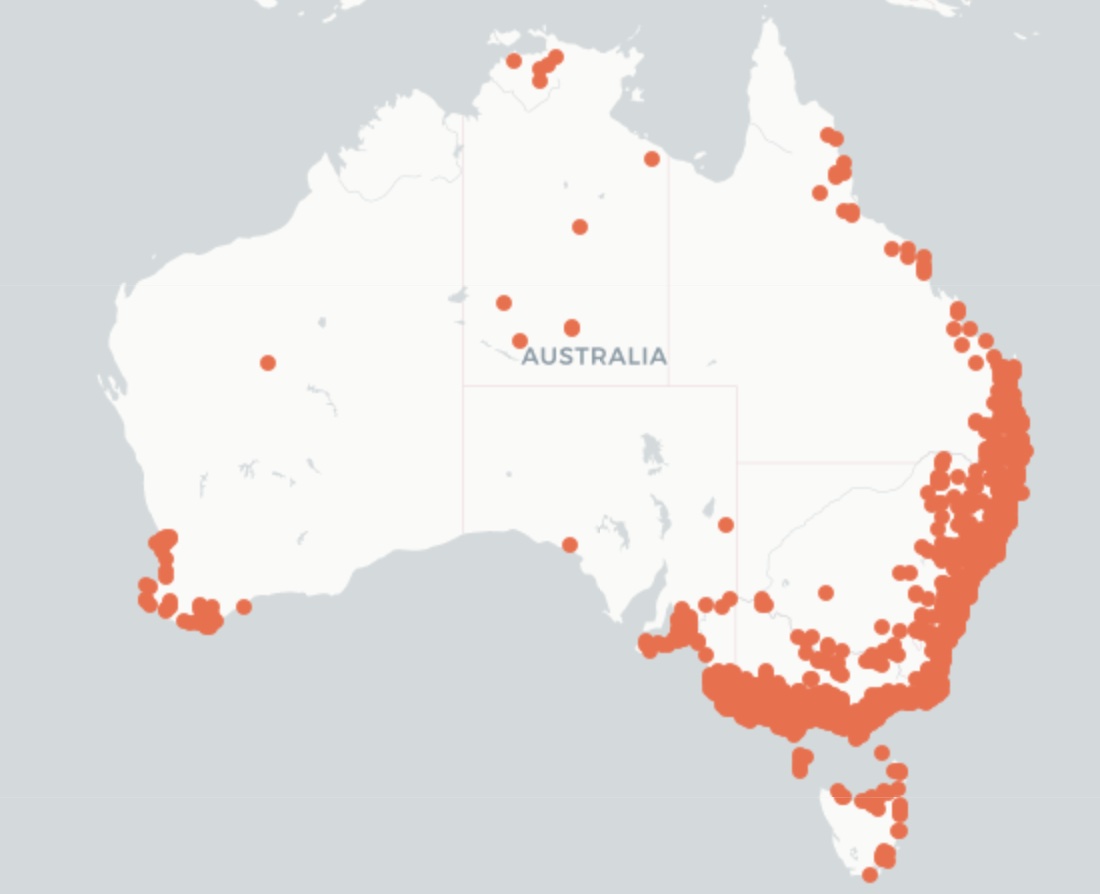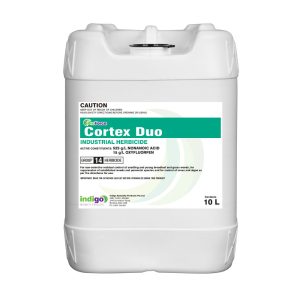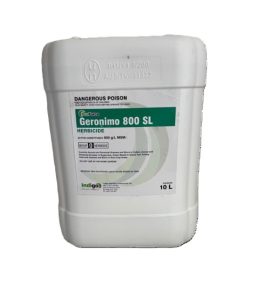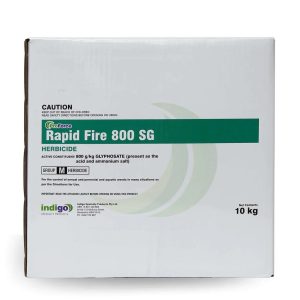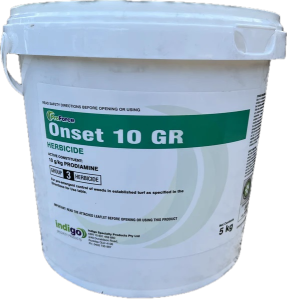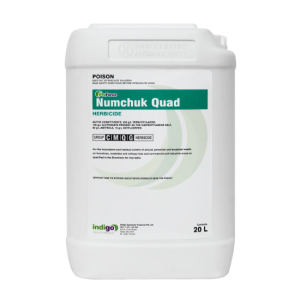Parramatta Grass (Sporobolus africanus).
Parramatta Grass (Sporobolus africanus), is known as Rat’s Tail or Tussock Grass. It is a persistent weed that is a challenge to manage in Australian lawns.
Its rapid growth, and high seed production make it a common problem. It favours compact soils and low-maintenance turf areas.
There are two common varieties in Australia. These are Giant Parramatta grass (Sporobolus fertilis) and Parramatta grass (Sporobolus africanus).
What is Parramatta Grass?
- Parramatta Grass is a tufted, perennial grass that often grows up to 50 cm tall.
- It has long, narrow leaves, and produces dense, spike-like seed heads.
- The plant is drought-tolerant and thrives in a wide range of conditions.
- These include areas of moderate to high rainfall.
- Its seeds can remain viable in the soil for an extended period, and contribute to its persistence.
Why is Parramatta Grass a Problem?
- Rapid Spread. Parramatta Grass produces up to 60,000 seeds per square metre. These spread by vehicles, machinery, and animals.
- Soil Compaction Indicator. The presence of this weed indicates compact soils. These can hinder the growth of desirable turf.
- Invasive Nature. It competes with native plants, dominates areas, and reduces biodiversity.
More on common lawn weeds is in our weed ID chart.
What they reveal about soil conditions is in our blog on indicator weeds.
The map for Rat’s Tail is courtesy on The Atlas of Living Australia.
How to Identify Parramatta Grass.
Category: This is a Monocot (Grass) weed.
Photosynthetic Pathway: Tussock Grass is a C4 weed.
Height: Up to 50 cm tall.
Leaves: Long, narrow, and up to 20 cm long, with in-rolled margins.
Seed Heads: Dense, spike-like, and grey or green in colour.
Habitat: Favours compact soils and areas with moderate to high rainfall.
Reproduction.
- Daily temperature fluctuations, and light exposure stimulate germination.
- Tussock Grass seeds are spread via machinery and vehicles. When the seeds are wet they become sticky, and then stick to animals and clothes.
- Parramatta Grass produces up to 60,000 seeds per square metre. Estimates of the soil seed bank have put it at up to 600 to 4,000 seeds/m2.
- Even though the seed is small most seed falls within 2 to 3 m of the plant.
Comments:
- Tussock Grass has very tough, smooth and glabrous, dark green leaves. You find these mainly around the base of the plant, and they are slender and stiff, with in-rolled margins.
- Where the blade meets the stem, the leaf sheath rolls around the stem.
How to Control Parramatta Grass in Lawns.
Cultural Control
- Maintain a Dense Turf Cover. A healthy, dense turf shades out weeds and reduces seed germination.
- Soil Aeration. Aerating compact soils improves root growth and reduces the conditions that favour Parramatta Grass.
- Regular Monitoring. Regularly inspect your lawn for early signs of infestation. If you see this weed deal with it promptly.
Mechanical Control
- Hand Removal: For small infestations, carefully remove the plant by hand. Make sure that you bag the seed heads to prevent further spread.
- Slashing: Cut back the grass before you apply herbicides. This enhances the effectiveness of chemical treatments.
Chemical Control of Parramatta Grass.
Pre-Emergent Herbicides.
Barricade and ProForce Onset 10GR stop seed germination. Use these before the weed emerges.
Post-Emergent Herbicides.
You can use selective herbicides to target existing plants. Always follow the label directions and consider their impact on the surrounding vegetation.
- Best results occur in the warm months at high temperatures.
- The trial did not achieve total weed control but it did suppress it.
- Tribute Herbicide and MSMA do not currently have a label for this weed.
Table of post Emergents For Parramatta Grass.
Product | Active | Chemical Group | Rate/Ha | Comments |
Tribute Turf Herbicide | 22.5 g/L Foramsulfuron | 2 | 2 L | |
Geronimo | MSMA | 0 | 3 to 6 L/Ha | 6 L/ha in 300 L of water for boom use or 3 L/ha twice approximately 10 days apart |
Non Selective Control of Rat’s Tail Grass.
The following are non-selective. They have a long term residual and stop any re-growth of Parramatta Grass.
- Renegade. This stops Tussock Grass for up to 12 months. This reduces the need for repeat applications.
- Numchuk Quad. Numchuk Quad gives effective post and pre emergent Rat’s Tail control for up to 12 months.
- Cortex Duo. Gives a rapid knockdown, and residual control for up to 3 months. Cortex Duo is safe to use near trees.
Table of Non Selectives For Parramatta Grass.
Product | Active Ingredient | Group | Use Rate/Ha |
Glufosinate 200 | Glufosinate-ammonium | 10 | 1 to 6 L |
Rapid Fire 800 | Glyphosate | 9 | 0.9 to 1.35 Kg |
Numchuk Quad | Terbuthylazine + Glyphosate + Amitrole Oxyfluorfen | 5 + 9 + 34 + 14 | 20 to 25 L |
Cortex Duo | Nonanoic Acid + Oxyfluorfen | 14 | 7 L/1000L |
Renegade | Bromacil | 5 | 3.5 to 6.5 Kg |


